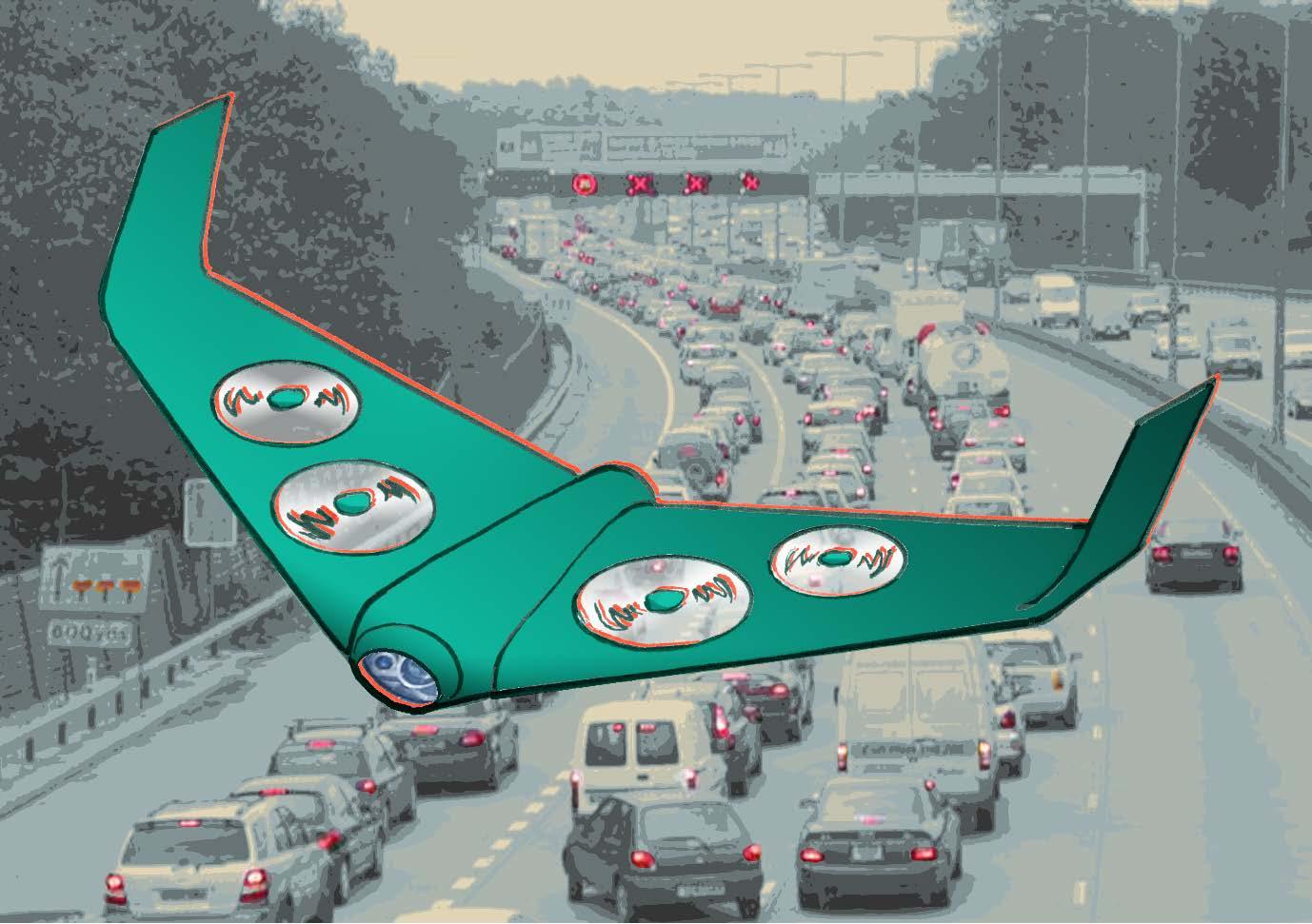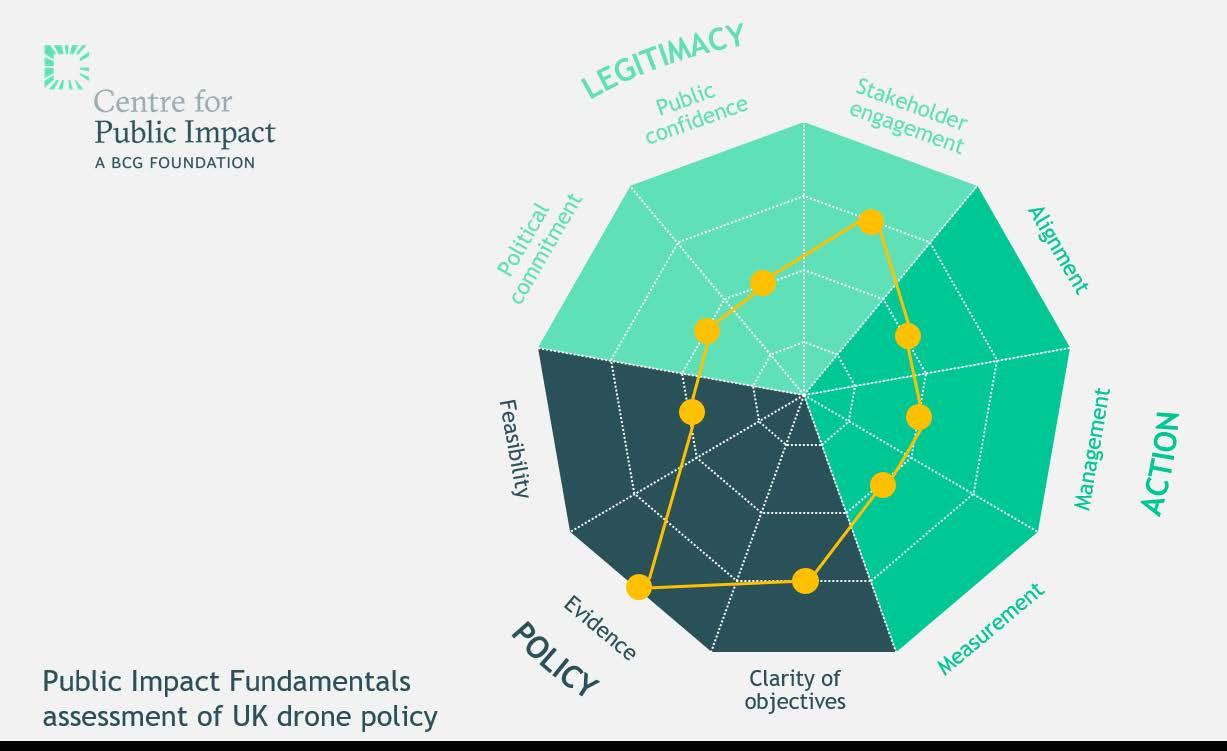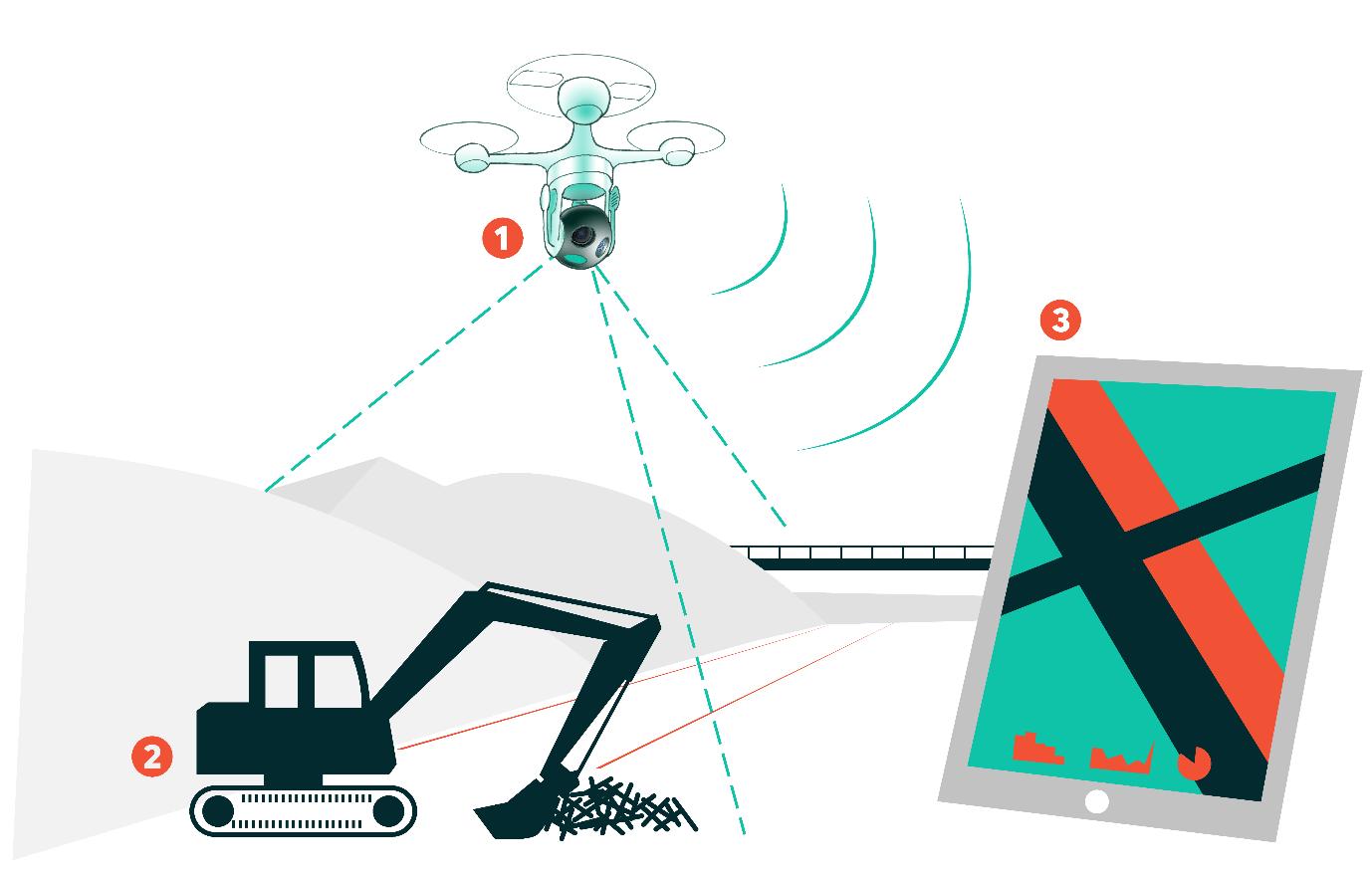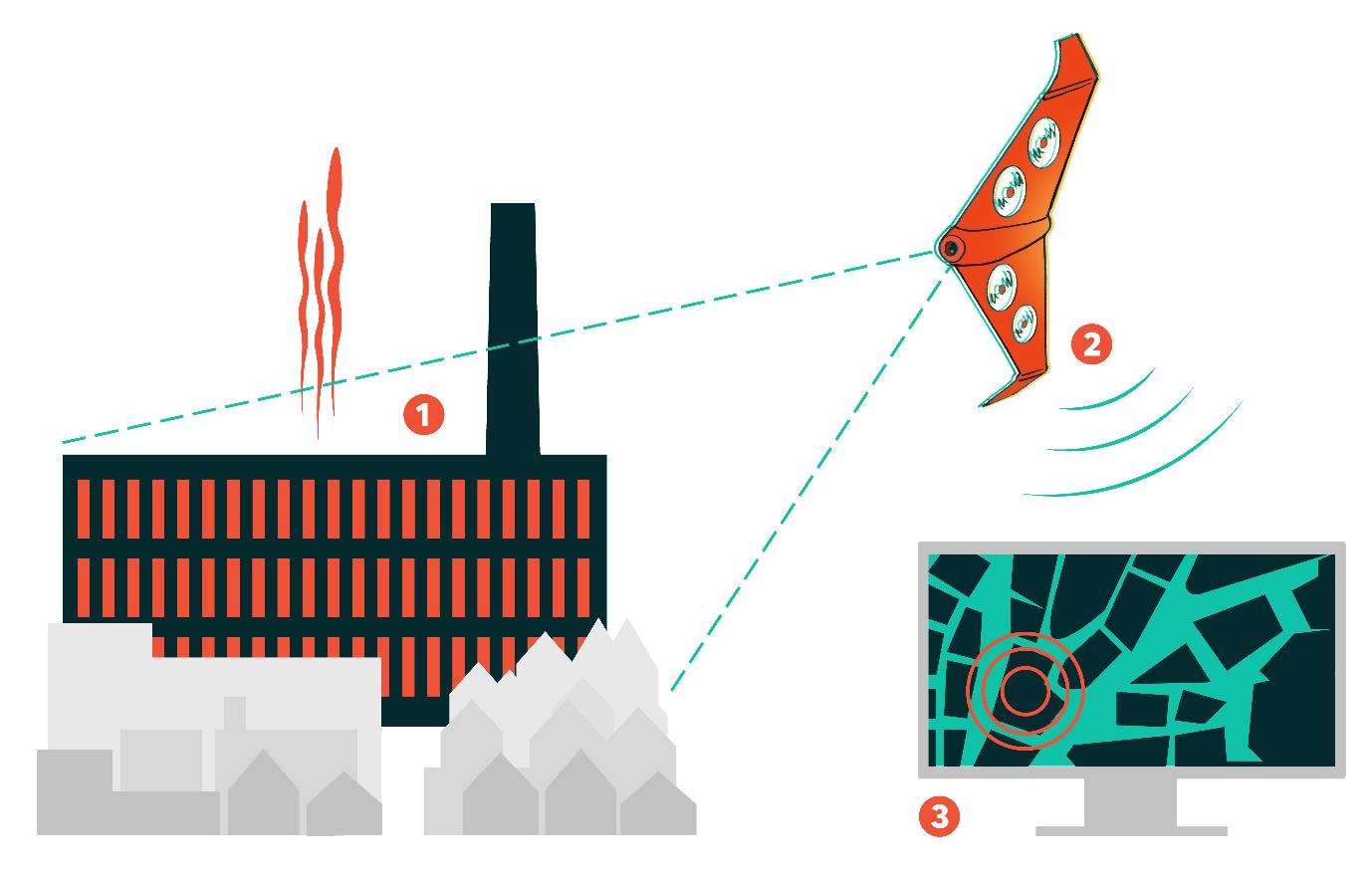
2 minute read
Traffic incident response in the West Midlands
Using drones as a rapid response to respond to road traffic incidents
• Fast observation drones can reach the scene quicker than the emergency services • Emergency services can get aerial imagery of the scene and improve their response • Drone imagery can also be used to investigate the causes of an incident • We find this use case is both technically and economically feasible This use case is focused on responding to traffic incidents in the West Midlands, to support the emergency services.
The drone (1) gets eyes on the scene within minutes of the accident (2) and streams live information including video to the emergency services (3) as they are on their way.
The key benefits would be:
• Situational awareness for emergency services prior to their arrival and while they are on-site, allowing them to allocate the right resources and respond more effectively. • Time saving for emergency services in reopening roads, saving money.
69
• Reduced congestion. In order to better understand the feasibility of this use case, we have focused specifically on response within a 7-mile radius of Birmingham International Airport, an area which covers several major roads including the M6, M42 and M40, parts of both the Birmingham and Coventry urban areas, all of Solihull, and rural areas in between.
We have modelled a service which would use two fast hybrid VTOL fixed-wing drones: an initial response drone with a high-powered zoom lens to get the quickest possible images of the site; followed by a drone carrying high-resolution video and Lidar.
There are some technical challenges that need to be solved, primarily around safe operation and endurance. The location of Birmingham International Airport is in the middle of this zone, which also covers built-up areas. The drones would not be restricted to fixed routes, so they would need to be able to operate safely throughout the area, with as few restrictions as possible. This would require sophisticated and reliable communications networks and a sophisticated airspace management system to safely combine drone traffic and its other air users, particularly around the airport. The long duration of incidents would require good endurance.
Operating in restricted airspace around the airport and a number of other sensitive sites would require either an exemption from current rules, special permission or a change in regulation.
Our economic analysis suggests that this use case would bring significant benefits, with reductions in traffic disruption being the main contributor: even the small-scale pilot outlined here would bring around £2.4m in social benefit over 12 years.
70

Artist’s impression of a fixed wing VTOL drone responding to a traffic incident in the West Midlands. Credit: ILYA (Background image by Ben Gamble, CC-BY-SA)
This is a summary of the full technical and economic analysis paper, which can be read in the appendices.
71









